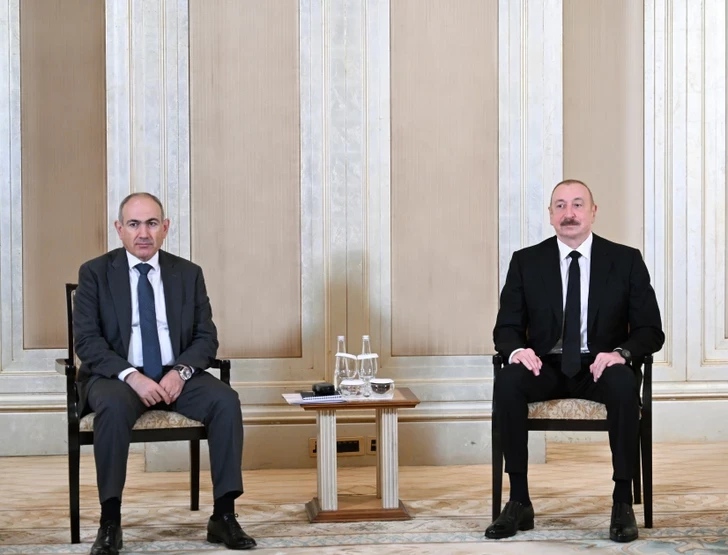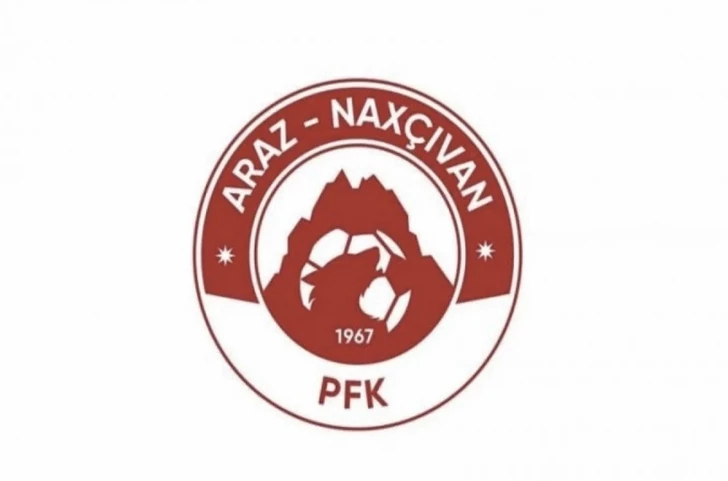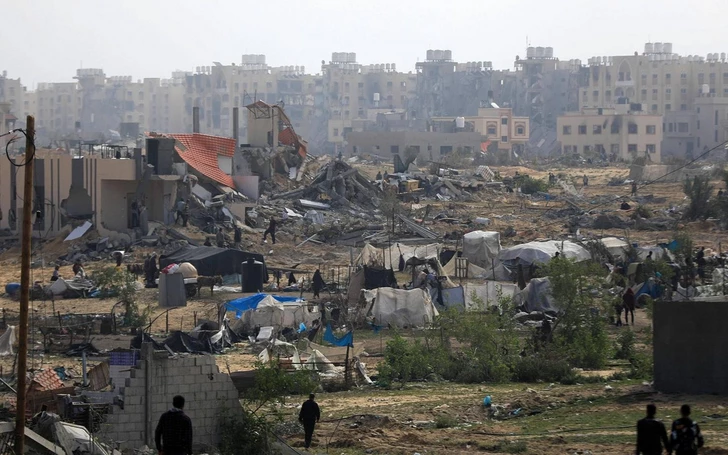BAKU, July 17 — The recent direct talks between Azerbaijani President Ilham Aliyev and Armenian Prime Minister Nikol Pashinyan in Abu Dhabi mark a turning point in the long-running normalization process between the two South Caucasus nations. Free from the constraints of outside mediation, this bilateral format has rekindled hope for a sustainable peace.
Unlike earlier talks mediated by Moscow, Brussels, or Washington, the Abu Dhabi meeting stood out for its simplicity and directness. No intermediaries, no clashing geopolitical agendas—just two nations addressing core issues like border demarcation, the unblocking of regional transport routes, and the long-awaited peace treaty. By choosing the UAE—a neutral actor that simply hosted the event without playing a mediating role—Baku sent a clear signal: real progress requires ownership of the process.
According to Sultan Zahidov, a political analyst at the Center for International Relations Analysis, this shift toward bilateralism has already yielded tangible results. Delimitation of certain border sections has advanced, and both sides have reaffirmed commitment to the peace roadmap. It’s a welcome shift from the stalled multilateral efforts that were often paralyzed by great power rivalry and competing interests.
Why the Multilateral Track Failed
The trilateral formats—whether involving Russia, the EU, or the U.S.—were increasingly seen as ineffective. Each outside player came to the table with its own strategic motives, often prioritizing influence over peace. The result? Deadlock. Moscow’s declining influence, Brussels’ cautious approach, and Washington’s fragmented focus left little room for actual breakthroughs.
In contrast, the Abu Dhabi meeting reflected a new calculus. Armenia, seeking to rebalance its foreign policy and distance itself from Russian dependence, appears increasingly open to regional cooperation. But this comes with caveats. Yerevan’s constitution still contains territorial claims against Azerbaijan—a legal and political barrier that must be removed if any durable peace agreement is to materialize. The status of the OSCE Minsk Group—widely viewed as obsolete—is another lingering issue.
Zangezur Corridor: The Strategic Prize
Central to the peace talks is the Zangezur Corridor, which would link mainland Azerbaijan to its Nakhchivan exclave through southern Armenia. Envisioned in the 2020 trilateral statement, this corridor has since become a geopolitical flashpoint.
For Azerbaijan and Turkey, it’s a vital logistical route, opening a direct gateway to Central Asia. For the EU and China, it offers another Belt and Road trade artery. For the U.S., it’s a geopolitical lever to counterbalance Russian and Iranian influence. Ambassadorial statements hinting at American interest in managing the corridor have stirred speculation. Prime Minister Pashinyan’s comments about third-party management—referencing the precedent of Yerevan’s Zvartnots Airport—suggest some flexibility. But any move toward foreign administration will undoubtedly provoke strong reactions from Tehran and Moscow.
Direct Talks: A Model for Future Diplomacy
Despite the complexities, both Zahidov and West Caspian University professor Fikret Sadikhov agree: the most encouraging sign is the format itself. A bilateral, neutral setting—unburdened by the agendas of major powers—has created space for pragmatic dialogue.
There is no illusion that peace is around the corner. Major obstacles remain: legal reforms in Armenia, security guarantees, and mutual recognition of borders. But every step counts. The fact that leaders are meeting face-to-face and making concrete progress on key issues like corridor access and border demarcation is itself a victory over the inertia of the past three decades.
As Professor Sadikhov rightly notes, the absence of mediators has eliminated distractions and empowered both nations to focus on their mutual interests. “It’s a step forward, even if not yet a breakthrough,” he says. “But with continued engagement, this could lay the foundation for the long-awaited peace treaty.”
The path to peace is still fragile, but the Abu Dhabi summit has shown that when Armenia and Azerbaijan take control of the process, hope becomes more than a headline—it becomes a possibility.










